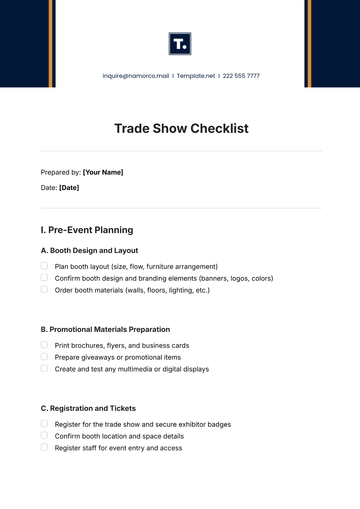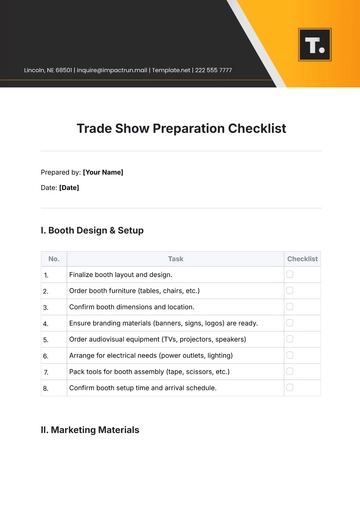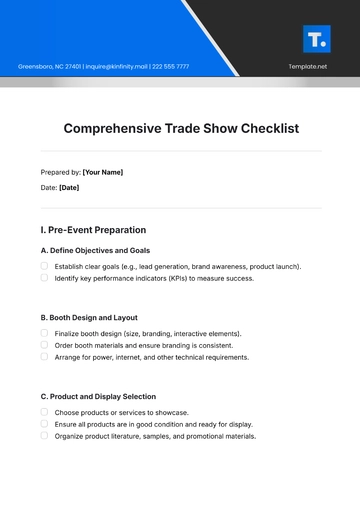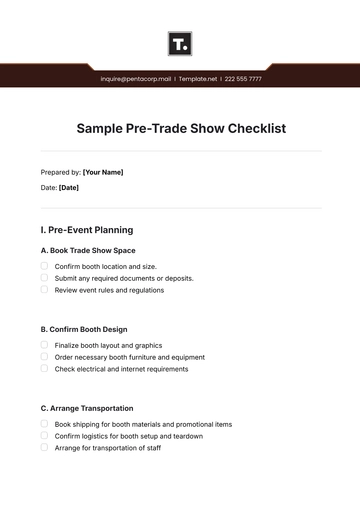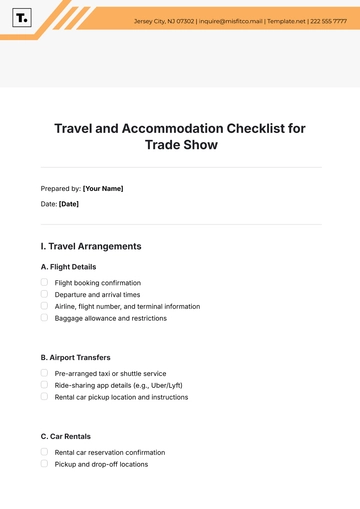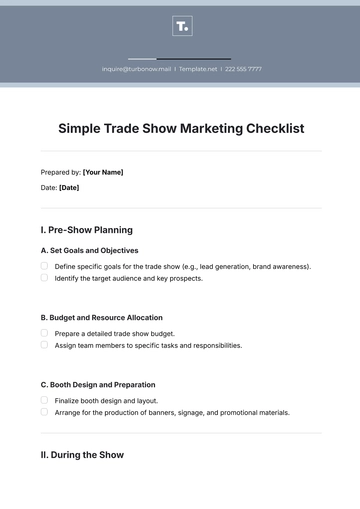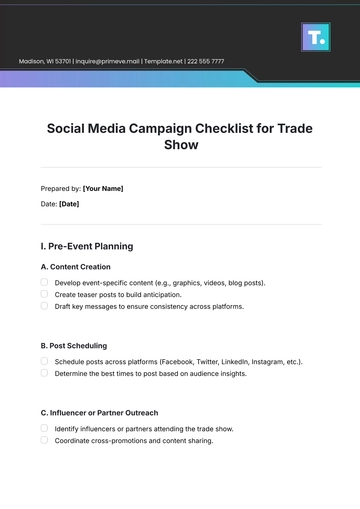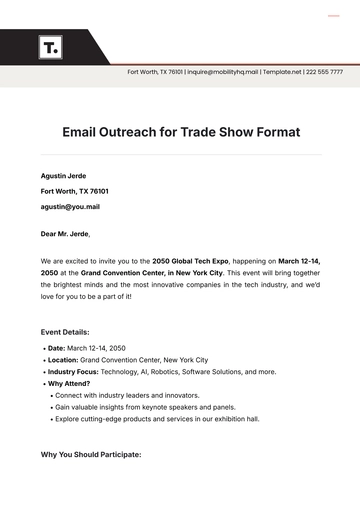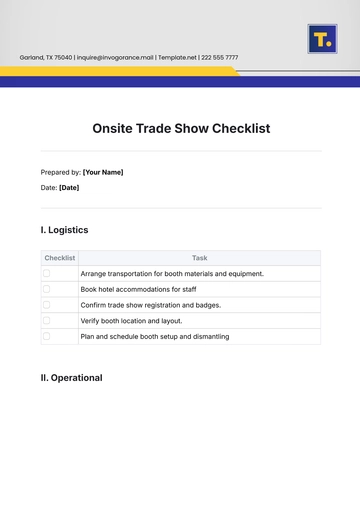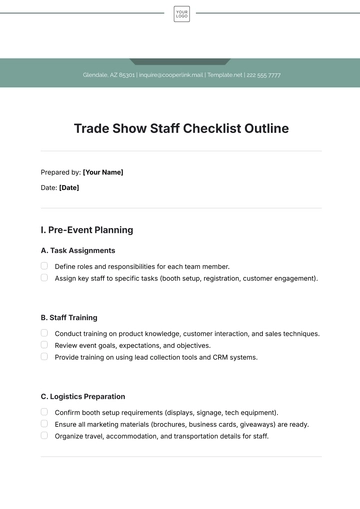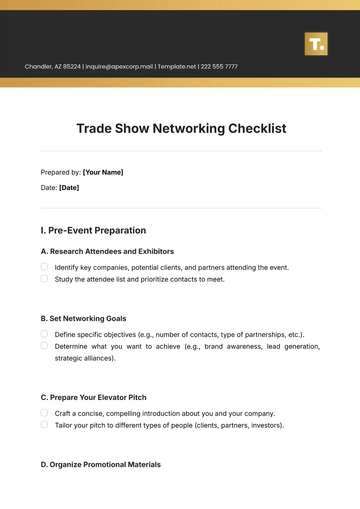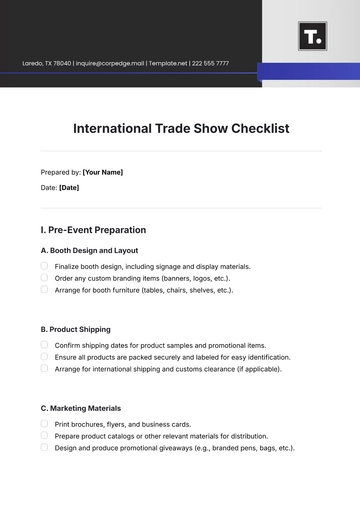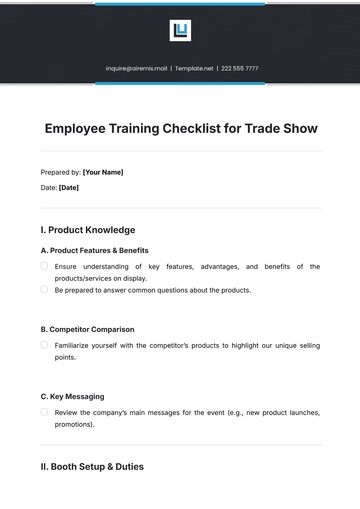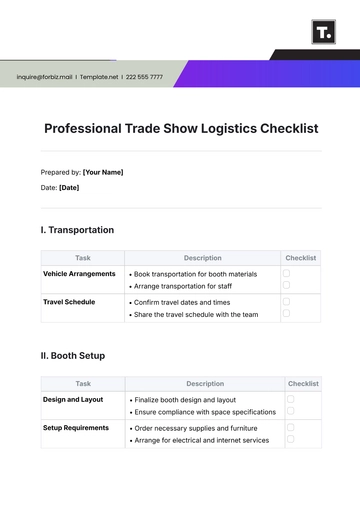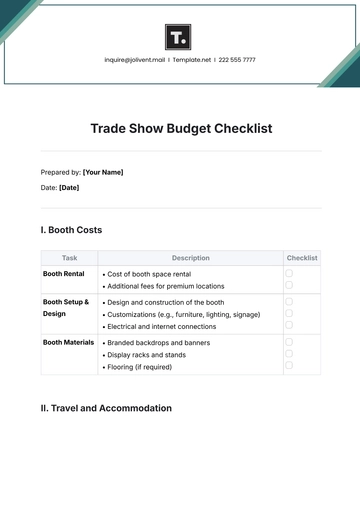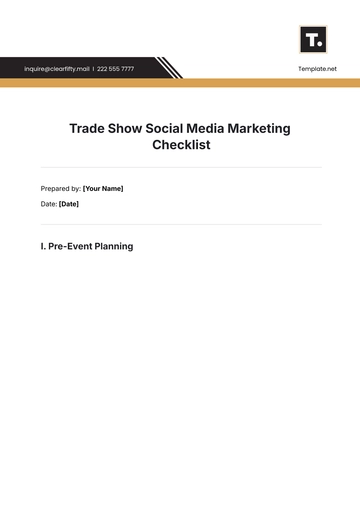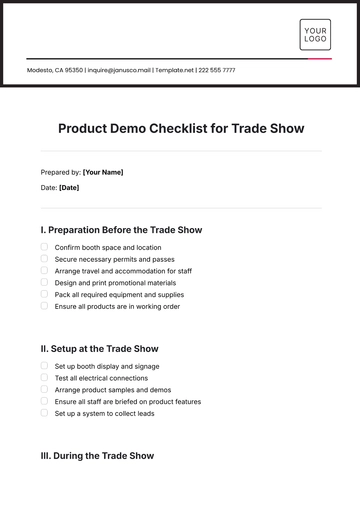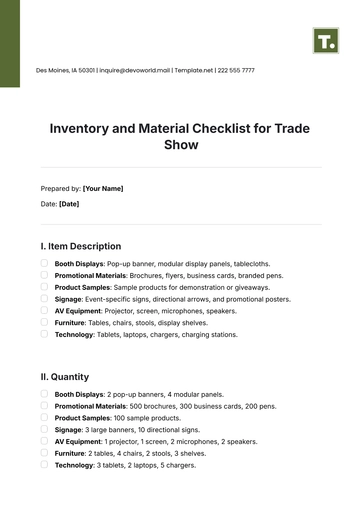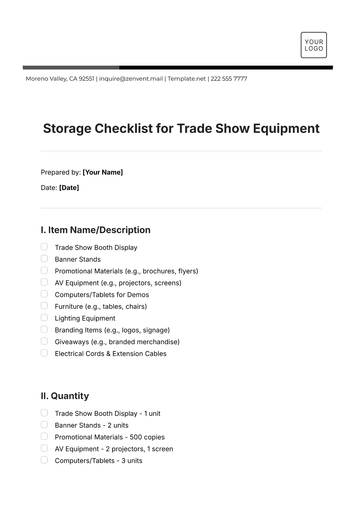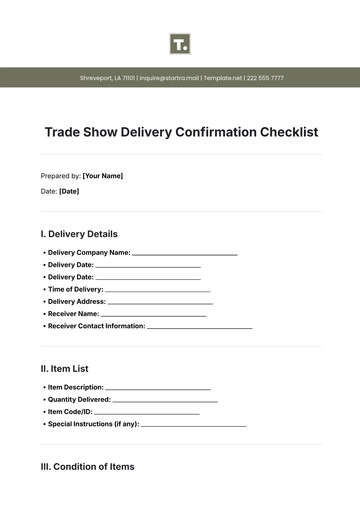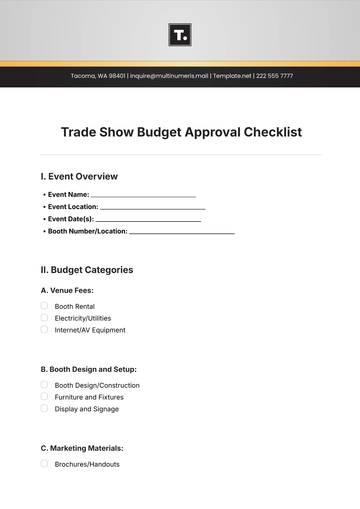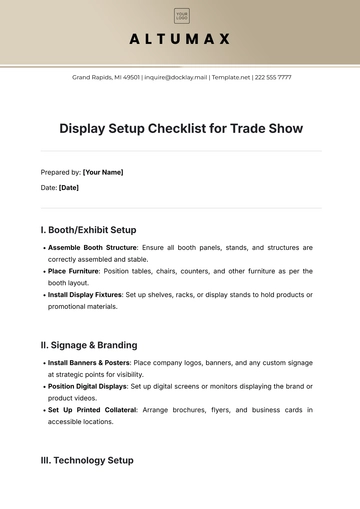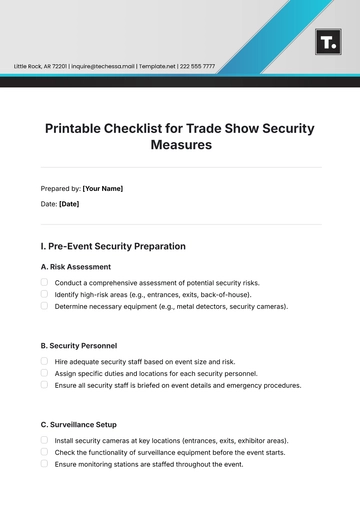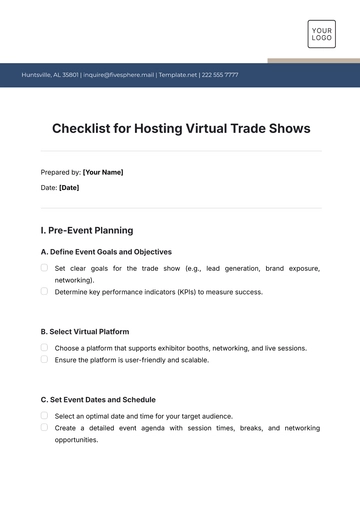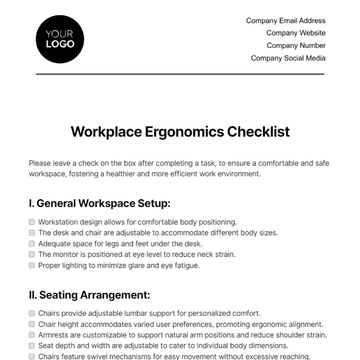Free Legal Corporate Cybersecurity Compliance Checklist

This checklist serves as a comprehensive guide to ensure legal compliance and robust cybersecurity practices within our organization. Complete each section thoroughly, addressing specific regulatory requirements and implementing recommended measures for effective cybersecurity governance.
Regulatory Compliance
GDPR Compliance
Implement procedures for obtaining and documenting consent for the collection and processing of personal data.
Ensure the ability to respond to data subject access requests within the required timeframe.
Implement data protection impact assessments (DPIAs) for high-risk processing activities.
Establish procedures for notifying relevant supervisory authorities and data subjects in the event of a data breach.
CCPA Compliance
Provide consumers with the right to opt-out of the sale of their personal information.
Implement procedures for handling consumer requests to access, delete, or correct their personal information.
Maintain a clear and conspicuous privacy policy that includes required disclosures under the CCPA.
Implement reasonable security measures to protect personal information from unauthorized access, disclosure, or destruction.
HIPAA Compliance (for healthcare organizations)
Implement safeguards to protect the confidentiality, integrity, and availability of electronic protected health information (ePHI).
Conduct regular risk assessments to identify vulnerabilities and implement appropriate security measures.
Develop and maintain policies and procedures for responding to security incidents and breaches involving ePHI.
Provide training to employees on HIPAA requirements and their role in safeguarding patient data.
PCI DSS Compliance (for payment card industry)
Secure network infrastructure by implementing firewalls, encryption, and access controls.
Protect cardholder data by encrypting transmission over public networks and storing data securely.
Regularly monitor and test security systems and processes to ensure compliance with PCI DSS requirements.
Restrict access to cardholder data to only those with a legitimate business need to access it.
Cybersecurity Framework Adherence
NIST Cybersecurity Framework
Identify: Conduct asset inventory and risk assessments to identify cybersecurity risks.
Protect: Implement access controls, encryption, and security awareness training for employees.
Detect: Deploy intrusion detection systems and establish procedures for monitoring and detecting security incidents.
Respond: Develop an incident response plan and conduct regular drills to test response procedures.
Recover: Implement data backup and recovery procedures to restore systems and data in the event of a cyber incident.
ISO 27001
Establish an information security management system (ISMS) based on ISO 27001 requirements.
Conduct regular internal audits to assess compliance with ISMS policies and procedures.
Implement corrective and preventive actions to address identified security weaknesses and vulnerabilities.
Monitor and measure the effectiveness of security controls and continuously improve the ISMS.
Data Protection and Privacy
Data Handling Policies
Establish procedures for securely collecting, storing, and processing personal data, including obtaining consent where necessary.
Implement data minimization practices to limit the collection and retention of personal data to what is necessary for the intended purpose.
Ensure that data is stored and transmitted securely using encryption and access controls.
Develop procedures for securely disposing of personal data when it is no longer needed.
Encryption Measures
Encrypt sensitive data at rest using encryption algorithms and secure encryption keys.
Implement transport layer security (TLS) to encrypt data transmitted over networks.
Regularly update encryption protocols and algorithms to address emerging threats and vulnerabilities.
Conduct regular audits to ensure the proper implementation and configuration of encryption technologies.
Data Breach Response Plan
Develop a data breach response plan outlining steps for assessing, containing, and mitigating data breaches.
Establish communication protocols for notifying affected individuals, regulatory authorities, and other stakeholders in the event of a data breach.
Conduct regular tabletop exercises to test the effectiveness of the data breach response plan.
Review and update the data breach response plan regularly to incorporate lessons learned from past incidents and changes in regulations.
Access Controls and Authentication
Role-Based Access Controls (RBAC)
Assign roles and permissions based on job responsibilities and the principle of least privilege.
Regularly review and update user roles and permissions to ensure they align with current job functions.
Implement segregation of duties to prevent conflicts of interest and reduce the risk of insider threats.
Monitor user access logs to detect unauthorized access attempts and suspicious activity.
Multi-Factor Authentication (MFA)
Require users to authenticate using multiple factors such as passwords, biometrics, or one-time codes.
Implement MFA for accessing critical systems, sensitive data, and remote network connections.
Educate employees on the importance of MFA and how to properly use MFA tokens or authentication apps.
Monitor MFA usage and enforce MFA policies to ensure compliance with security requirements.
Prepared By: [YOUR NAME]
- 100% Customizable, free editor
- Access 1 Million+ Templates, photo’s & graphics
- Download or share as a template
- Click and replace photos, graphics, text, backgrounds
- Resize, crop, AI write & more
- Access advanced editor
Discover peace of mind with Template.net's Legal Corporate Cybersecurity Compliance Checklist Template. Our editable and customizable template, powered by an AI Editor Tool, simplifies the process of ensuring regulatory compliance and robust cybersecurity practices. Seamlessly adapt it to your organization's needs, safeguarding against cyber threats with ease. Get started today for enhanced security tomorrow.
You may also like
- Cleaning Checklist
- Daily Checklist
- Travel Checklist
- Self Care Checklist
- Risk Assessment Checklist
- Onboarding Checklist
- Quality Checklist
- Compliance Checklist
- Audit Checklist
- Registry Checklist
- HR Checklist
- Restaurant Checklist
- Checklist Layout
- Creative Checklist
- Sales Checklist
- Construction Checklist
- Task Checklist
- Professional Checklist
- Hotel Checklist
- Employee Checklist
- Moving Checklist
- Marketing Checklist
- Accounting Checklist
- Camping Checklist
- Packing Checklist
- Real Estate Checklist
- Cleaning Checklist Service
- New Employee Checklist
- Food Checklist
- Home Inspection Checklist
- Advertising Checklist
- Event Checklist
- SEO Checklist
- Assessment Checklist
- Inspection Checklist
- Baby Registry Checklist
- Induction Checklist
- Employee Training Checklist
- Medical Checklist
- Safety Checklist
- Site Checklist
- Job Checklist
- Service Checklist
- Nanny Checklist
- Building Checklist
- Work Checklist
- Office Checklist
- Training Checklist
- Website Checklist
- IT and Software Checklist
- Performance Checklist
- Project Checklist
- Startup Checklist
- Education Checklist
- Home Checklist
- School Checklist
- Maintenance Checklist
- Planning Checklist
- Manager Checklist
- Wedding Checklist
- Vehicle Checklist
- Travel Agency Checklist
- Vehicle Inspection Checklist
- Interior Design Checklist
- Backpacking Checklist
- Business Checklist
- Legal Checklist
- Nursing Home Checklist
- Weekly Checklist
- Recruitment Checklist
- Salon Checklist
- Baby Checklist
- Equipment Checklist
- Trade Show Checklist
- Party Checklist
- Hospital Bag Checklist
- Evaluation Checklist
- Agency Checklist
- First Apartment Checklist
- Hiring Checklist
- Opening Checklist
- Small Business Checklist
- Rental Checklist
- College Dorm Checklist
- New Puppy Checklist
- University Checklist
- Building Maintenance Checklist
- Work From Home Checklist
- Student Checklist
- Application Checklist
